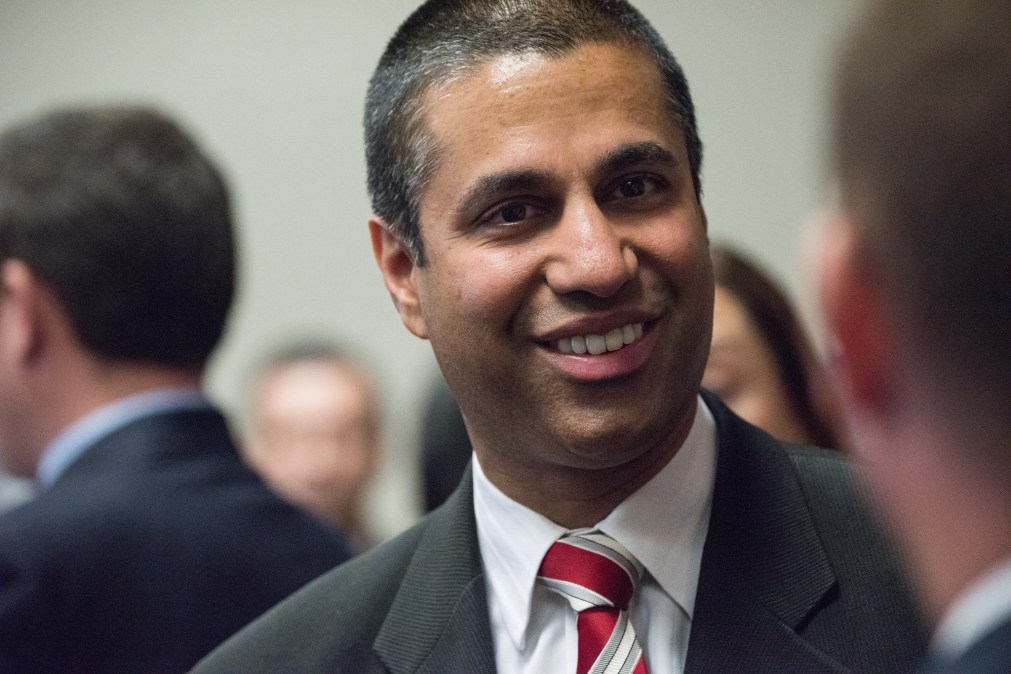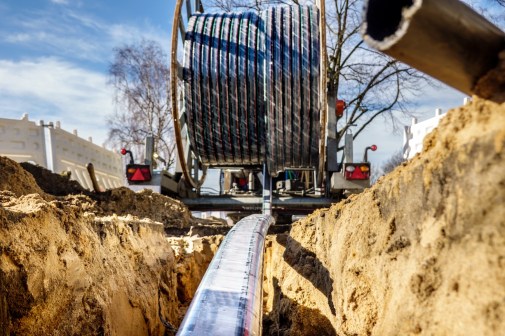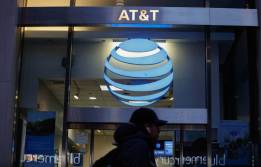In states, concerns with fairness of FCC’s rural broadband fund

Amid widely conflicting reports of how many Americans truly lack access to high-speed internet, state broadband officials said Tuesday that there’s too much funding at stake to rely on the Federal Communications Commission’s unreliable census-block data. In some cases, officials speaking at an event hosted by the Pew Charitable Trusts in Washington, said they have even taken the mapping effort into their own hands.
The FCC announced last month that the first $16 billion of its $20.4 billion Rural Digital Opportunity Fund will be distributed based on the agency’s “Form 477” data, which divides coverage areas by census blocks and counts an entire block as “served” if just one address in the block has broadband, vastly overstating the coverage areas of internet service providers. Despite the FCC’s claims that the first round of funding would only go to “wholly unserved” areas, state officials said they were not confident in the program.
Jeff Sural, director of the North Carolina Department of Technology’s broadband infrastructure office, said he would rather see the FCC wait to develop its new, more granular mapping system, called the Digital Opportunity Data Fund, to disperse the first $16 billion. The new mapping system, which relies on ISPs submitting polygonal maps of their coverage areas, won’t be ready until the FCC finishes dispersing the first $16 billion of the $20.4 billion fund.
“Not to be too parochial, we want to make sure North Carolina gets its fair share,” Sural said. “[The FCC should] measure twice and cut once.”
Sural said that the current FCC approach doesn’t ensure that funding will go to the people who need access to broadband most in rural areas, and that his office has been forced to rely upon various other data sources to craft an accurate state broadband coverage map. That includes, Sural said, a partnership with the National Telecommunications and Information Administration, an in-house speed reporting tool and at least 40 countywide surveys asking residents about their internet speeds. The state has also developed special surveys and speed tests for farmers that Sural said will eventually be open to the general public, as well.
“It’s a lot of work to try to figure out something that could be simply solved through some data collection. We hope the FCC is going to resolve that in the future,” Sural said.
Other states, like Maine, also rely on local mapping to determine where broadband is or isn’t available in the absence of more accurate federal data. Peggy Schaffer, the executive director of ConnectMaine, the state’s broadband authority, said Maine’s state government doesn’t have the resources to collect its own broadband data, so providers are required to go to town meetings of the places they serve with their coverage maps, which community members are able to dispute right then and there.
“We require at the community level that conversation with providers take place so we can identify where in their community is not served,” Schaffer said. “Some of that is done literally by driving around and looking at what’s on the poles if you can’t get that information from the provider.”
In some cases, said Crystal Ivey, the broadband director in Tennessee’s Department of Economic and Community Development, the state will send representatives to interview internet service providers and residents that challenge coverage maps to determine if an area is covered or not. Ivey said that Tennessee has no statewide coverage map and that it largely relies on data gathered through a robust challenge process to figure out which parts of the state should prioritize expanding broadband.
When the FCC begins distributing the Rural Digital Opportunity Fund, however, it may not matter how accurate statewide coverage maps are. FCC Chairman and former Verizon lobbyist Ajit Pai added a rule that would make any area of the country that already receives money from a federal or state-funded broadband expansion program ineligible for the fund, potentially ruling out rural parts of more than 30 states.






